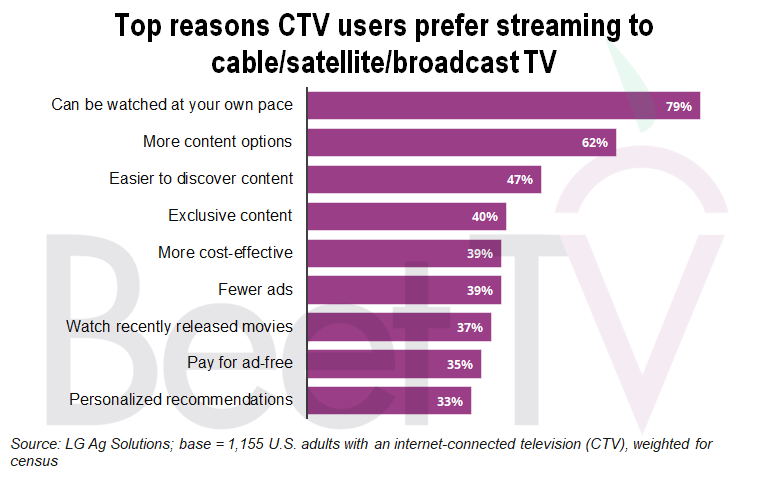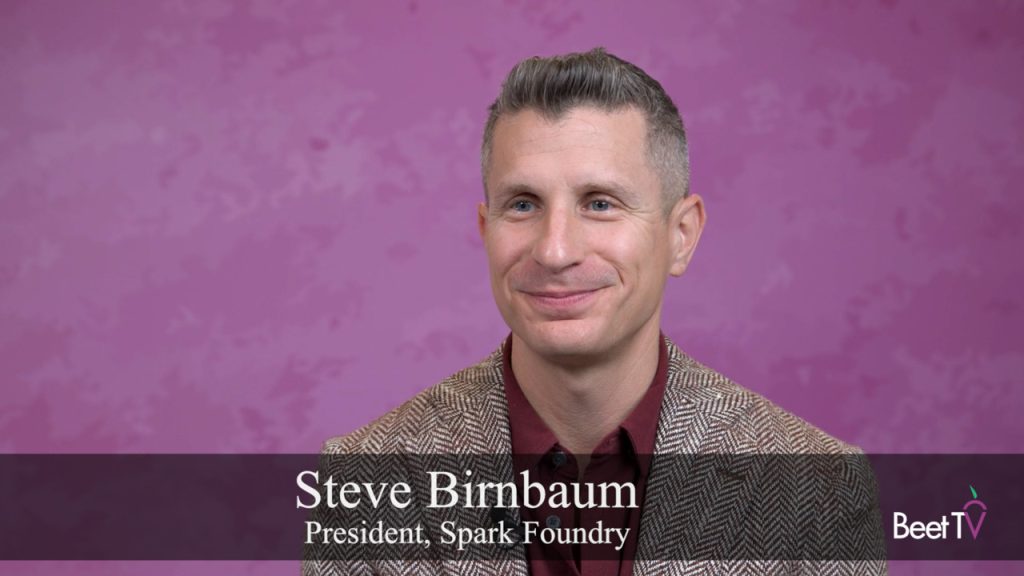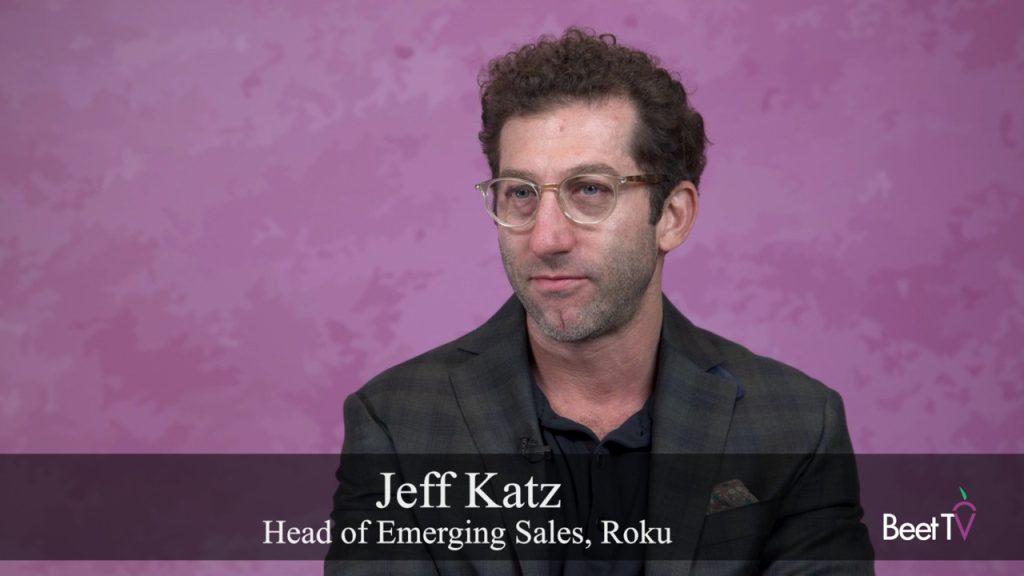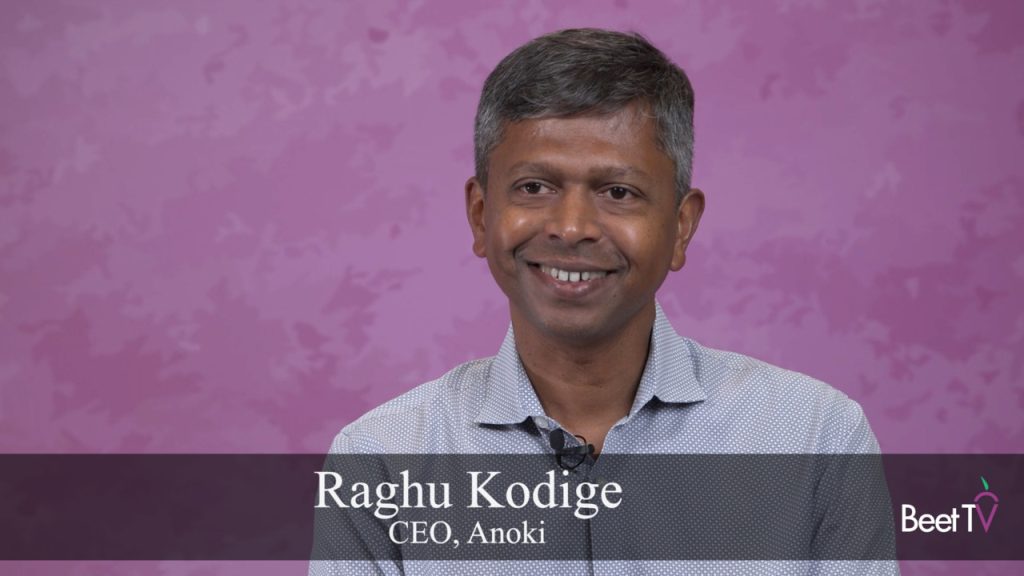Consumers today have immediate access to video programming through some kind of connected device, whether it’s a smart TV, a wireless tablet or mobile phone. That accessibility gives brands more ways to reach consumers in a variety of different contexts.
“Content can be distributed and consumed in many different formats on many different size screens,” Mike Law, chief executive of Dentsu Aegis Network’s Carat North America, said in this interview with Beet.TV contributor Rob Williams at a Beet.TV leadership summit hosted by Dentsu. “You can go from watching something in your home on a TV…to getting on the train and watching it on your iPad to being in the car or somewhere watching on your phone.”
While older consumers tend spend time with more traditional media outlets such as linear television, many younger consumers have grown up on mobile devices that not only deliver programming, but also help people to create their own videos and share them with a global audience. These shifts are pushing advertisers to determine what works best for their brands in a variety of contexts.

“As an advertiser, you have to start to think about that consumer experience,” Law said. “What’s the best ad to put when it’s on a big screen versus what’s the best ad when it’s not a mobile device?”
Precision targeting on mobile devices has a variety of applications for brands such as fast-food chains that want to reach consumers on the go. These kinds of campaigns can work hand-in-hand with awareness campaigns that reach broader audiences on television screens.
“How you create interaction and relevancy and contextual relevancy is really what the technology and data allows you to do,” Law said. “You’ve got premium, amazing content, highly distributed, and then you partner that with data and technology in order to create the best consumer engagement moment.”
You’re watching coverage of Beet.TV Leadership Summit with Dentsu, presented by Koddi, Samsung Ads, & The Trade Desk. For more videos from this series, please visit this page.

































